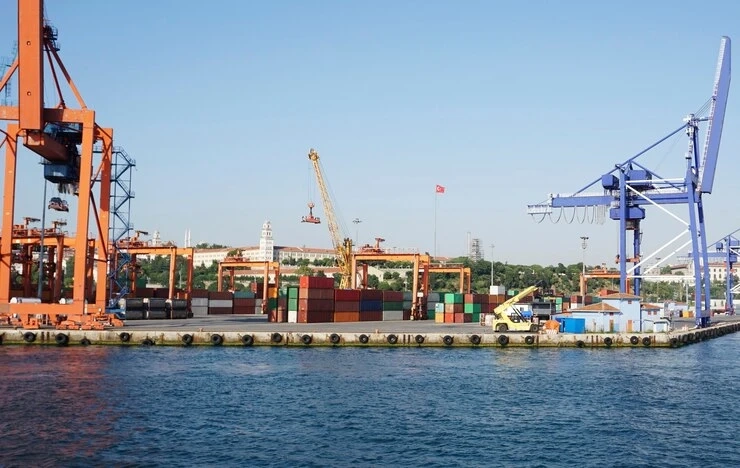Bananas are no ordinary fruit; they are considered one of the world\'s most valuable crops. In India, bananas hold the second position among fruit crops, following closely behind mangoes. Their year-round availability, affordability, variety, flavor, and nutritional value make them a highly sought-after commodity with immense export potential. India stands as one of the leading banana producers globally, giving it a significant presence in the international banana trading industry.
In the fiscal year 2022-23, India exported bananas worth $176 million, accounting for 0.36 million metric tonnes. However, despite being the largest banana producer globally, India\'s export share in the worldwide market is less than 1%. This is in stark contrast to its production, which represents a staggering 26.45% of global banana production, amounting to 35.36 million metric tonnes.
India\'s major banana-producing states include Andhra Pradesh, Maharashtra, Karnataka, Tamil Nadu, and Uttar Pradesh. These states play a crucial role in meeting both domestic and international demand for bananas. Additionally, India exports bananas to a variety of countries, including Iran, Iraq, UAE, Oman, Uzbekistan, Saudi Arabia, Qatar, Kuwait, Bahrain, Afghanistan, and the Maldives. Other major export destinations include the United States, Russia, Japan, Germany, China, the Netherlands, the United Kingdom, and France.
The global banana market was valued at USD 13958.38 million in 2022 and is predicted to grow at a CAGR of 0.68% over the forecast period, reaching USD 14540.72 million by 2028. This indicates a steady demand for bananas worldwide, presenting ample opportunities for exporters.
Exporting bananas from India can be a profitable business with several opportunities for expansion and profitability. However, navigating the complexities of the banana export business requires careful planning and execution. Here are some key strategies and tips for success:
Conduct Market Research: Understand the demand and preferences of your target market. Research the banana varieties that are popular and in-demand.
Obtain the Required Licenses and Permits: Ensure compliance with all export regulations and obtain the necessary licenses and permits for both India and the import destination.
Focus on Quality Control: Implement strict quality control measures to ensure that your bananas meet international standards and customer expectations.
Build a Reliable Network: Establish strong partnerships with farmers, packers, shippers, and buyers to ensure a smooth supply chain.
Stay Informed: Keep abreast of the latest market trends, rules, and regulations to adapt your export strategy accordingly.
Utilize Export Data: Use export data to analyze market trends, identify potential buyers, and make informed business decisions.
Understand HS Codes: Familiarize yourself with the HS codes for bananas to facilitate smooth customs clearance and export procedures.
Explore New Markets: Consider expanding into new markets to diversify your customer base and increase your export opportunities.
Ensure Proper Documentation: Prepare all necessary export documentation, including the Import Export Code (IEC), FSSAI Registration, commercial invoice, packing list, certificate of origin, bill of lading, export license, insurance certificate, health certificate, and phytosanitary certificate.
Seek Support: Utilize resources like Eximpedia.app for market insights, data analysis, and networking opportunities to enhance your export business.
Conclusion
In conclusion, banana export from India offers significant potential for growth and profitability. By understanding the market dynamics, implementing quality control measures, and building strong partnerships, exporters can capitalize on the opportunities in the global banana market. With the right strategy and determination, exporting bananas from India can be a rewarding venture for entrepreneurs and traders alike.



